EverQuest Next: A Life of Consequence
Will EverQuest Next be the game changer it aims to be? Kevin VanOrd digs into the details.
What is the next big thing in online role-playing games? As Sony Online Entertainment sees it, we've played the same game over and over again. Massively multiplayer worlds go by different names, and the details differ, but once you've explored enough of them, doesn't it feel as if you've seen everything there is to see?
EverQuest Next aims to be the next big thing. And you get to help make it that way.
Senua's Saga: Hellblade II Everything To Know The Rogue Prince of Persia - Official New Release Date Gameplay Trailer Genshin Impact - Cutscene Animation "Arataki & Flying Lavender Melon's Rockin' for Life Duet" MultiVersus – Official The Joker Gameplay Reveal Trailer | “Send in the Clowns!” 15 MORE Things You STILL Didn't Know In Zelda Tears Of The Kingdom Firearms Expert Reacts to Ghost Recon Breakpoint's Guns Xbox Studio Closures Are Confusing | Spot On Gray Zone Warfare | Community Briefing Trailer #1 Squirrel With A Gun - Official Announcement Gameplay Trailer Night Slashers: Remake || Official Christopher Smith Character Gameplay Trailer Senua's Saga: Hellblade II - Senua's Psychosis Feature Trailer Street Fighter 6 - 8 Minutes of Akuma Gameplay (High-Level CPU)
Please enter your date of birth to view this video
By clicking 'enter', you agree to GameSpot's
Terms of Use and Privacy Policy
I first talked to EverQuest Director of Development Dave Georgeson a few weeks ago about EverQuest Next, and I walked away from our meeting with a feeling I rarely have after getting wind of a new massively multiplayer game: excitement. Dave and his colleagues at Sony Online Entertainment talk a big game, but they clearly believe in their vision. And their vision involves tearing down what we know about MMOGs and building the genre all over again, from the ground up.
How brand new is EverQuest Next? Based on what I saw in my meeting with Georgeson, and later at the SOE Live event in Las Vegas, EQ Next is half evolution, half revolution. And it comes after an earlier version of the game, which began development in 2008, was totally scrapped. At one time, EverQuest Next hadn't earned its "Next" moniker. It was just like all those other games you played before. And that wasn't good enough.
But how new can a game that exists in an established universe be? In certain ways, EverQuest Next is familiar; it takes place in Norrath, and is built on centuries of fictional history. Places like Everfrost and Oasis aren't going away, but they will take on new qualities. They will be newly dynamic, for instance; a place called Lavastorm should have real lava storms, right? These places will also be built with verticality in mind, which doesn't just mean covering Norrath's surface with towering mountains and digging trenches through its plains and plateaus, though it certainly means that too. But it also means tunneling out entire subterranean regions under the surface, giving players massive underground regions to investigate. This verticality isn't just a cosmetic attribute of the new Norrath: In EverQuest Next, everything and anything is made to be destroyed.
Well, not everything can be destroyed, of course, or players would turn Qeynos into a parking lot in a matter of hours. But Norrath is being built from its core outward out of voxels, which means that the environment is no longer a backdrop, but a potential help or hindrance on the battlefield. Your spells will blow holes in the ground underneath unsuspecting monsters (and unhappy comrades!). You can annihilate an earth bridge as orcs cross it so that they plummet into the abyss beneath. In a player-versus-environment setting, you might blow a floating island to smithereens with might and magic. In a player-versus-player setting, you might use a catapult to obliterate a fortification. Dig your way to the caverns winding under your feet, or tumble into a subterranean chamber when an earth elemental pounds the ground beneath you. EverQuest Next's setting isn't just a shallow ghost town created from flimsy facades, or a series of large levels connected by loading screens. It is a true world, with actual geographical strata based on the vast lore EverQuest's designers have been enriching since 1999.
I saw examples of several such environments, some in concept art, and some in fly-throughs and gameplay reels in multiple regions. Feerrott looked both familiar and novel, the dense humid jungle punctuated by rising columns and overhangs that provided plenty of vertical space. A new area called Ashfang featured rocky cliffs and dry canyons that reminded me of PlanetSide 2's mountainous continent of Indar. It's probably not a coincidence, then, that EverQuest Next is being built with a heavily modified version of the Forgelight engine that also powers SOE's massively multiplayer shooter.
Don't take that to mean that EverQuest Next takes its artistic cues from the PlanetSide universe. In fact, its artistic vision doesn't even wholly resemble EverQuest or its sequel, but is instead more stylized. The characters' proportions and animations are exaggerated and highly expressive. When seeing a human female mage in action, I was reminded of BioShock Infinite's Elizabeth: her smiles and smirks were broad and easily discerned from a distance. The male feline kerra I saw in action didn't remind me of any BioShock character, certainly, but his large eyes and lively body language made him no less fun to watch than his human friend. Such spirited animations are meant to inspire role-playing and socialization--not to mention the imaginations of machinima creators.
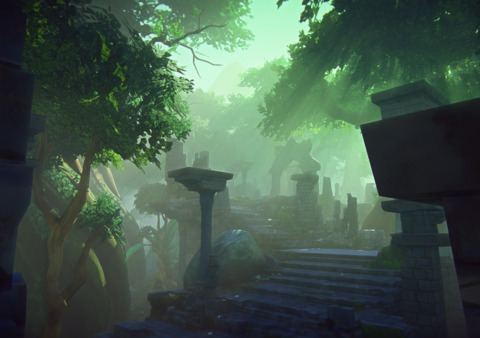
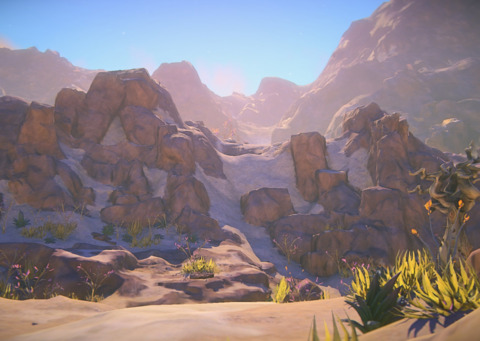
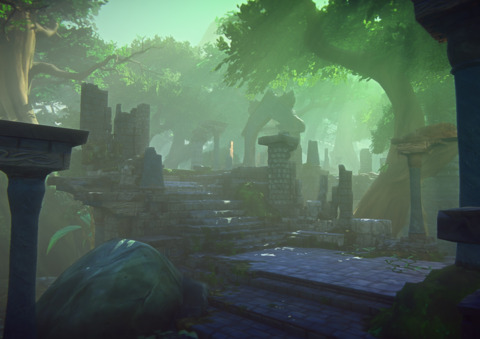
The character models I saw were vibrant in design and spry in action, and the art design represents a major departure. Much like the Elder Scrolls series, I always saw EverQuest's brand of fantasy as one that imagines what magical creatures would look like if they somehow lived in our plane of existence. Georgeson doesn't see EverQuest Next as that kind of high fantasy, but as "heroic fantasy." Characters in this world should look acrobatic, and environments should look warm and animated. The kerra resemble lions rather than panthers now, while the triangular features of elves and dark elves have been played up. Dwarves are bulkier and more aggressive than ever, while orcs look intelligent and even a bit dignified. I love SOE's focus on flair, but will everyone? I'm curious to find out.
The fluid animations and warm environments came to life in a demonstration of EverQuest Next's parkour system, called heroic movement. When Georgeson first told me of the game's parkour, I was simultaneously intrigued and afraid--intrigued because I love the fluid acrobatics of games like Prince of Persia: The Sands of Time and Assassin's Creed, and afraid because the platforming in other MMOGs is typically boring and awkward. My fears were somewhat alleviated when I finally saw the heroic movement system in action at SOE Live: the characters leaped through the air, vaulted over obstacles, and slid down inclines with an unexpected elegance. The human mage briskly teleported through the air, and the kerra's gliding boots allowed him to gracefully drift over dropoffs.
Senua's Saga: Hellblade II Everything To Know The Rogue Prince of Persia - Official New Release Date Gameplay Trailer Genshin Impact - Cutscene Animation "Arataki & Flying Lavender Melon's Rockin' for Life Duet" MultiVersus – Official The Joker Gameplay Reveal Trailer | “Send in the Clowns!” 15 MORE Things You STILL Didn't Know In Zelda Tears Of The Kingdom Firearms Expert Reacts to Ghost Recon Breakpoint's Guns Xbox Studio Closures Are Confusing | Spot On Gray Zone Warfare | Community Briefing Trailer #1 Squirrel With A Gun - Official Announcement Gameplay Trailer Night Slashers: Remake || Official Christopher Smith Character Gameplay Trailer Senua's Saga: Hellblade II - Senua's Psychosis Feature Trailer Street Fighter 6 - 8 Minutes of Akuma Gameplay (High-Level CPU)
Please enter your date of birth to view this video
By clicking 'enter', you agree to GameSpot's
Terms of Use and Privacy Policy
Slipping and sliding along in this fashion isn't about jumping puzzles--it's supposed to make it fun to move from place to place. Georgeson said of this mechanic, "There's no excuse for boredom." But it was what he talked about next that sounded more like a cure for MMOG boredom: A life of consequence in a world that allows you to permanently affect its history.
We've heard similar promises before, of course. "Our MMOG will make you feel like you have an effect on the world!" we're told, only to discover that our presence and actions have no real meaning. "The dungeon will feel fresh every time you venture through it!" we're told, only for us to expose its patterns in a few playthroughs. But SOE is adamant that EverQuest Next will allow you to participate in the evolution of its world so that each time you play, you can expect the unexpected.
Step one towards an always-evolving world: Implement emergent artificial intelligence.
We've been there before: you go out and kill some wolves, surrounded by other players all on the same wolf-killing quest. You turn in your quest and run through that same area towards a new destination--yet other players are still beating up on those poor wolves, which continually spawn in their prescribed region ad infinitum.
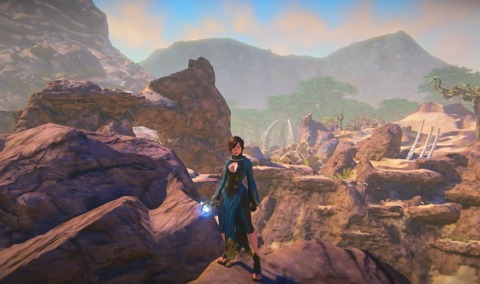
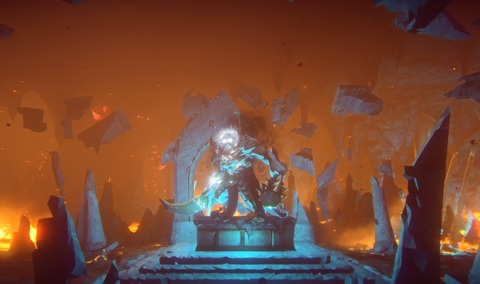
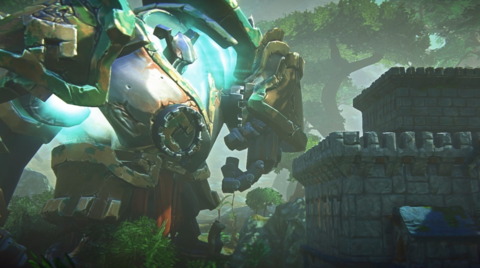
Not in EverQuest Next. In the next iteration of Norrath, enemies and friendlies alike will change their behavior based on how the world evolves around them. Example: Orcs like to ambush adventurers on lonely roads but avoid populated areas--and they sure don't like to hang out where they're likely to get murdered by a crowd of wannabe conquerors. The game will release orcs into the wild, where they will find appropriate places to set up camp. But if the circumstances change--if NPC guards appear, for instance, or if local players are killing too many of their kin--orcs will travel to a locale more favorable to their temperament. This emergent behavior will affect both territory control and combat. When the world changes, the game remembers, creating dynamic quest opportunities where none existed before, and procedurally generated encounters in areas you burrow and climb to.
Step two towards an always-evolving world: Allow players to permanently change the world.
"Permanent" may be a misnomer here. After all, what one builds, one can also tear down. But in EverQuest Next, that's the point. Years after it launches, Georgeson imagines a new player asking a veteran what Norrath was like so long ago, only to receive an impassioned recounting of cities rising from the dust after periods of large-scale destruction. Such dramatic events are at the center of a system called rallying calls.
Rallying calls are somewhat like public quests you've seen in other MMOGs in the sense that all players in the vicinity of the call can participate, but it's there that the similarities end. A rallying call isn't a 15-minute battle that culminates with a boss fight; it's a months-long project that could have you and your fellow heroes building an entire township. Joining a call could have you performing any number of tasks: crafting materials, fending off invaders, and so forth. But the consequences of your actions during a rallying call are dynamic and unpredictable. As the task at hand advances, the emergent AI might cause nearby brutes to feel threatened and attack the village in progress, forcing you to drive them away before they can do great damage to your handiwork. AI-controlled villagers might start digging for rock in a nearby quarry, only to dig so deeply that subterranean lurkers climb to the surface, attacking both you and the nearby wildlife. Enemies might even forge alliances, leading legions of philistines into the vicinity.
Just don't forget: those walls you build won't always be stalwart. There are both triumph and tears, as demonstrated by a gameplay video of a monstrous iron golem taller than a city's highest structure demolishing a wall in a single swipe. Such is the nature of a world built entirely out of destructible pieces.
But what does all of this unpredictability mean if you just click a monster and press buttons until it's dead? What of the core mechanics that drive the moment-to-moment gameplay? In this regard, EverQuest Next is more evolutionary than revolutionary, allowing you to equip two weapons at once that determine some of the skills you can use (an idea Guild Wars 2 has successfully implemented), featuring a multi-class system in which you can mix and match powers from classes you unlock as you play (shades of Final Fantasy XIV Online here), and eschewing the idea of player levels (a la The Secret World). When starting, you choose from one of 8 classes, but as you move through the game, you discover new classes, mixing and matching abilities as you see fit.
As for the level-less system, EverQuest Next's progression is tied to tiers. When Georgeson told me this, I couldn't help but wonder: what's the difference between a level and a tier? He was quick to tell me, however, that the difference isn't just a matter of semantics. Leveling up in a typical role-playing game is a vertical affair: you gain levels and earn rewards, getting more powerful along the way. In EverQuest Next, tiers are horizontal, so you are rewarded with new classes, new weapons, and so forth for accomplishing heroic deeds. Tiers essentially provide you with a travelogue in which your specific exploits unlock new playthings. The world isn't divided into areas by player level, as in, "over here is where players level 20-25 should travel." There are regions you probably shouldn't get too close to when adventuring on your own, of course, but SOE wants you to go where you want to go when you want to go there--and to do it in a vast, seamless, unpredictable world.
It also wants you to play a huge role in EverQuest Next's future.
During my time at SOE Live, I spoke to a number of talented individuals. I spoke to Art Director Rosie Rappaport, who talked to me about the art style, and how EverQuest Next's visual design is meant to have lasting appeal. I spoke to famed video game composer Jeremy Soule, who is the game's musical director, and will be exclusively creating musical scores for SOE MMOGs. (He can, of course, contribute to non-MMOG games outside of SOE.) Soule told me that composing music for EverQuest Next is the equivalent of scoring a half-dozen other games, so I fully expect the game to wallow in the symphonic swooning that is the composer's trademark.
The most important collaboration SOE pushed during their presentation, however, was its collaboration with you, the player. And the center of that collaboration is taking the form of a massively multiplayer creation sandbox called EverQuest Next Landmark. Landmark was born when EverQuest Next's designers began to test one another, daring each other to come up with cooler, more epic creations than the last. So the question was asked: If we gave these tools to the players, what would they do with them?
Senua's Saga: Hellblade II Everything To Know The Rogue Prince of Persia - Official New Release Date Gameplay Trailer Genshin Impact - Cutscene Animation "Arataki & Flying Lavender Melon's Rockin' for Life Duet" MultiVersus – Official The Joker Gameplay Reveal Trailer | “Send in the Clowns!” 15 MORE Things You STILL Didn't Know In Zelda Tears Of The Kingdom Firearms Expert Reacts to Ghost Recon Breakpoint's Guns Xbox Studio Closures Are Confusing | Spot On Gray Zone Warfare | Community Briefing Trailer #1 Squirrel With A Gun - Official Announcement Gameplay Trailer Night Slashers: Remake || Official Christopher Smith Character Gameplay Trailer Senua's Saga: Hellblade II - Senua's Psychosis Feature Trailer Street Fighter 6 - 8 Minutes of Akuma Gameplay (High-Level CPU)
Please enter your date of birth to view this video
By clicking 'enter', you agree to GameSpot's
Terms of Use and Privacy Policy
We will find out this winter. Landmark is a huge set of procedurally generated online worlds that anyone can enter. Once inside, you lay a claim to a plot of land and build what you want, using the same textures and objects the development team use. Georgeson was careful not to say "Minecraft" out loud, but the similarities are obvious: you go out into the world to collect resources and reap the benefits of the land, earning the items you need to bring your ideas to life. But there's a big difference between Minecraft and Landmark, and it's all in the visual detail. Landmark gives you blocks to build with, but by using voxel brushes, smoothing brushes, and other vital tools, you can shape, sculpt, and sand as you like.
Furthermore, SOE's Player Studio software will be built right into EverQuest Next Landmark, allowing players to create their own art, textures, and bundles and sell them to other players. Can you make cool things? You can always try making some dough off of other dedicated Landmark users. Or instead (or in addition), you could always build your creations on a special continent designated for content limited to EverQuest-focused art and lore. If the team likes what you construct, your design could appear in EverQuest Next at launch.
EverQuest Next Landmark is only part of SOE's commitment to its community. SOE President John Smedley pledges that EverQuest Next will be one of the most transparently designed games ever produced. He wants to take the veil off the development process and invite players to participate in the process using a feature called Round Table. Players will discuss what they want to see and give a thumbs up or thumbs down to development concepts; developers will communicate the state of the project and the ideas driving their imaginations. SOE will remain the custodians of the universe, but the community will have an active role in how it takes shape--through Round Table, through EverQuest Next Landmark, and through Player Studio.
At one point during the press conference, Smedley acknowledged that EverQuest Next is "the very definition of biting off more than you can chew." And it would certainly seem that way. The game SOE told me about is risky and ambitious in scope. My mind reels with all the ways players could break an MMOG with destructible environments. It clouds with worry that concepts like emergent AI and parkour-style movement might not be nearly as interesting when implemented as they seem when described.
Yet I can't suppress my excitement over what I heard and saw. At this stage, every element is grounded by a big "if." But "if" SOE can pull off what they want to pull off, EverQuest Next could actually be the next big thing.
'Got a news tip or want to contact us directly? Email news@gamespot.com
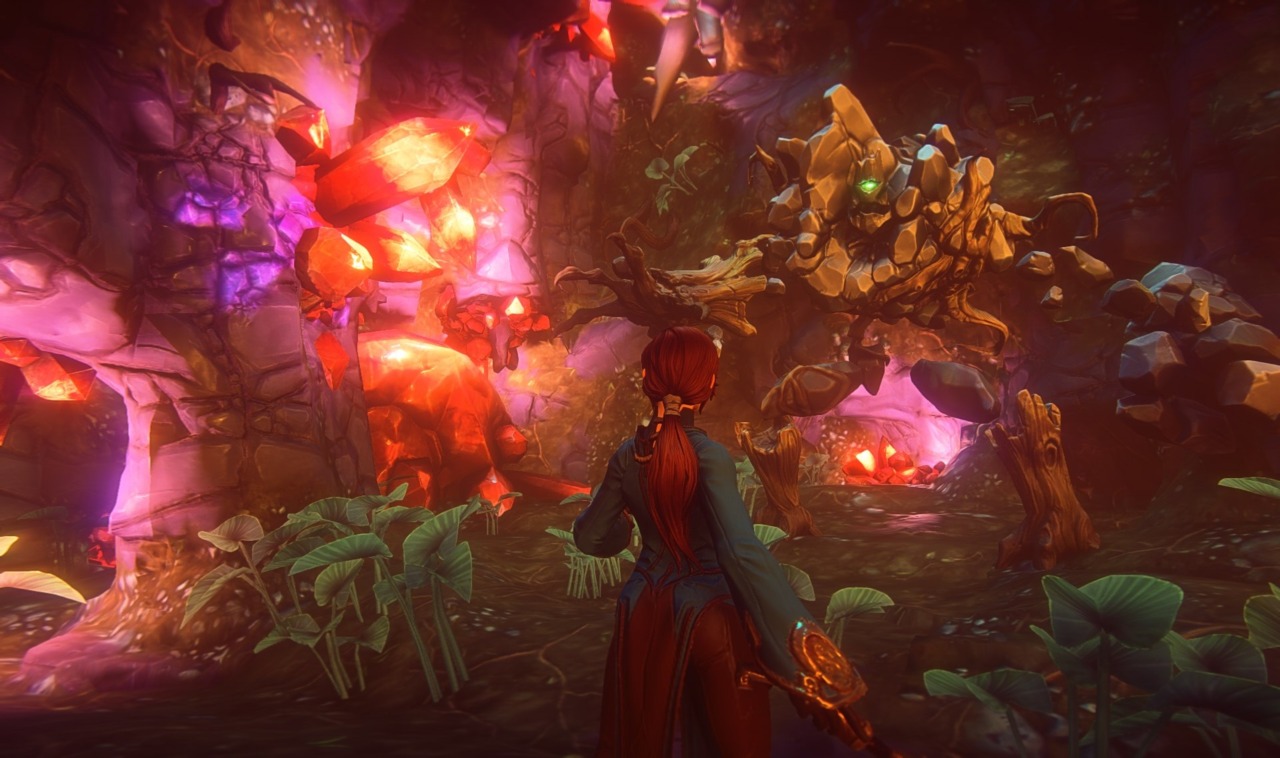
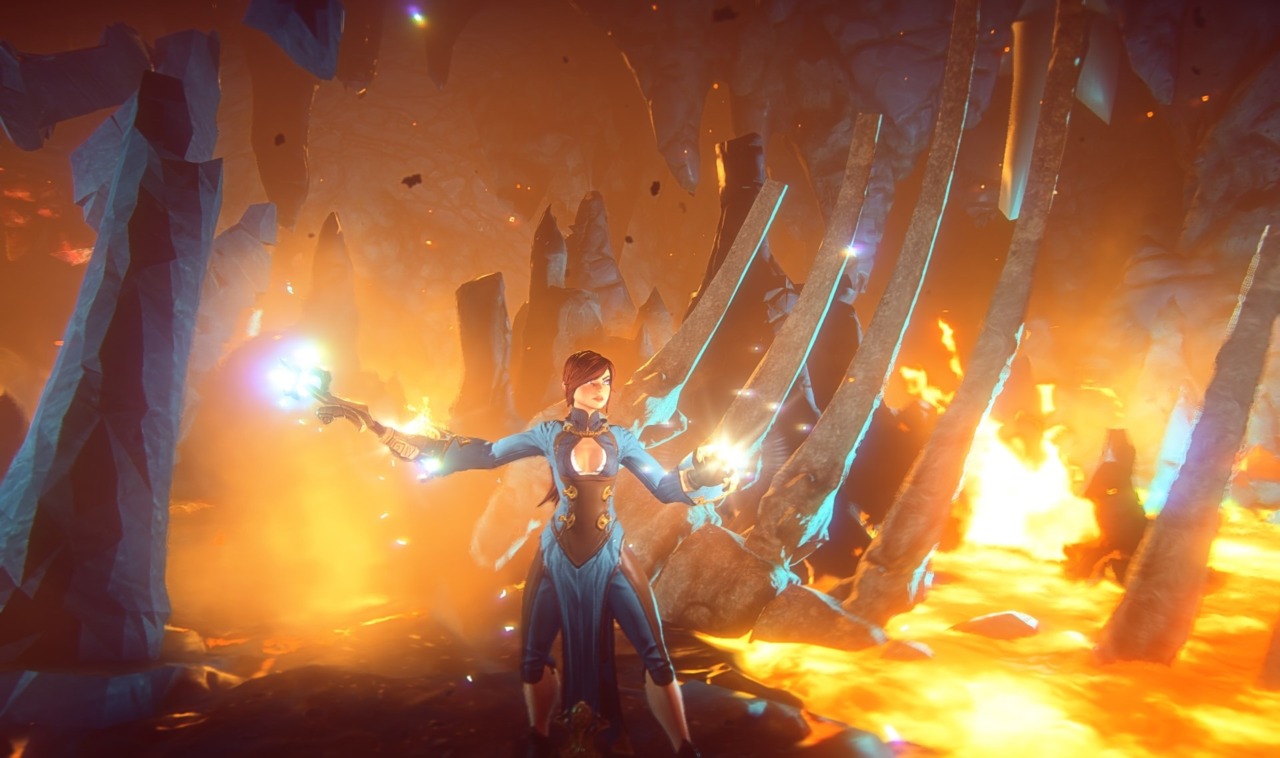
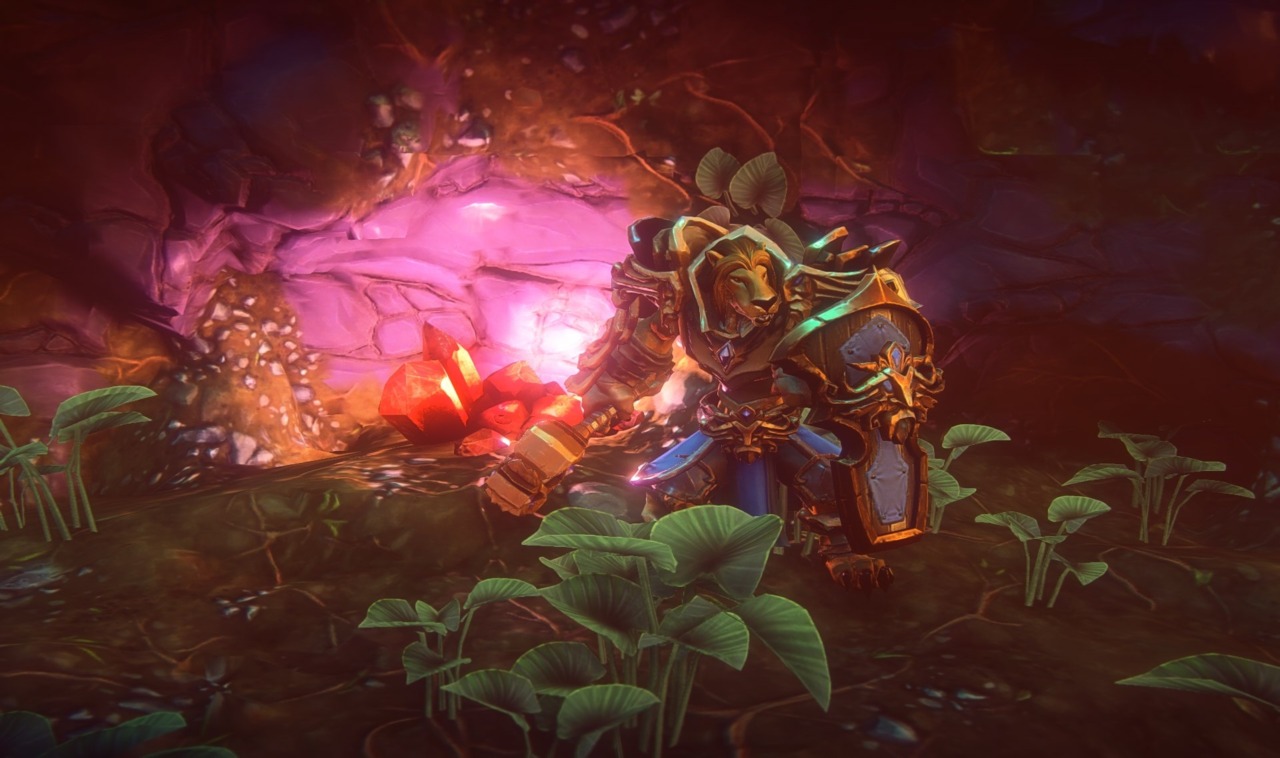
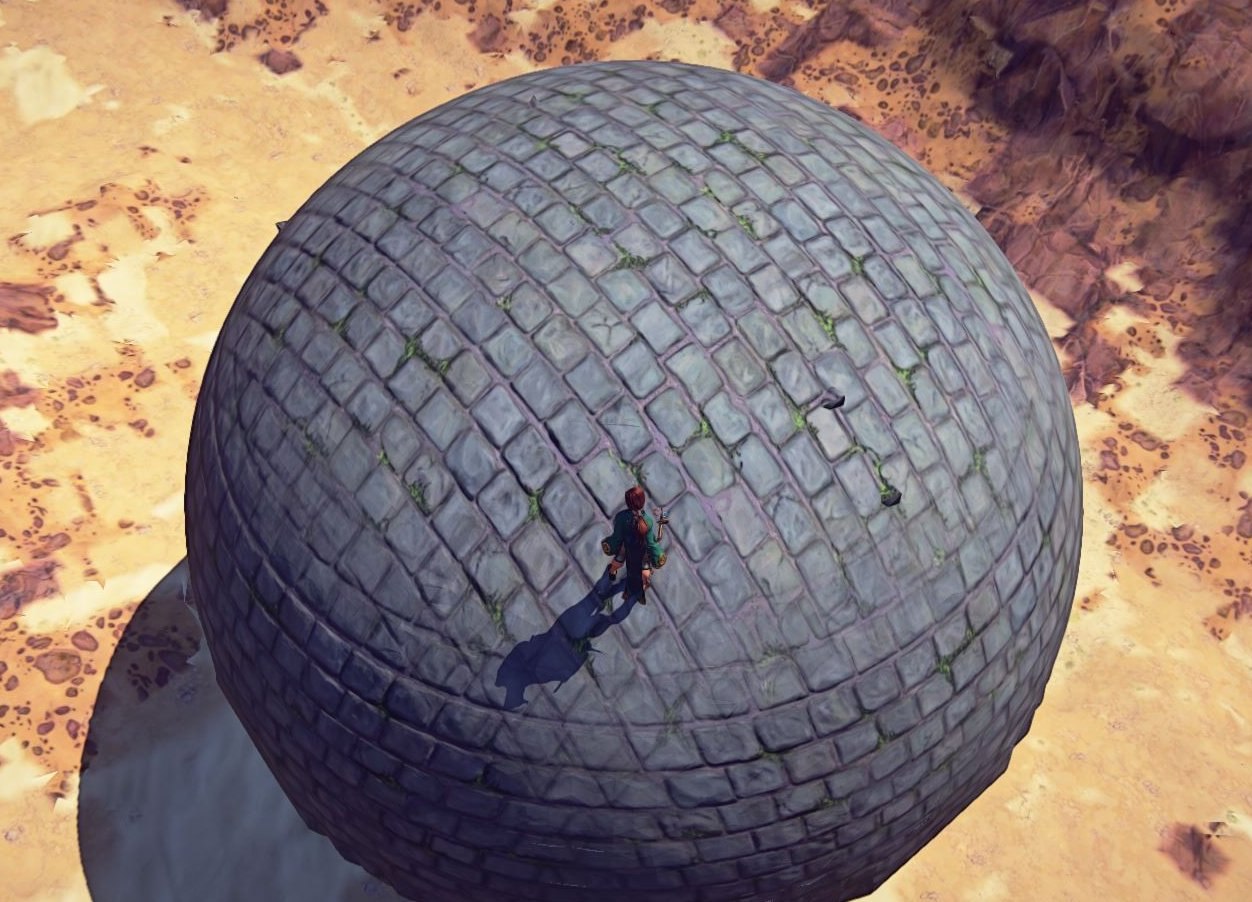
Join the conversation